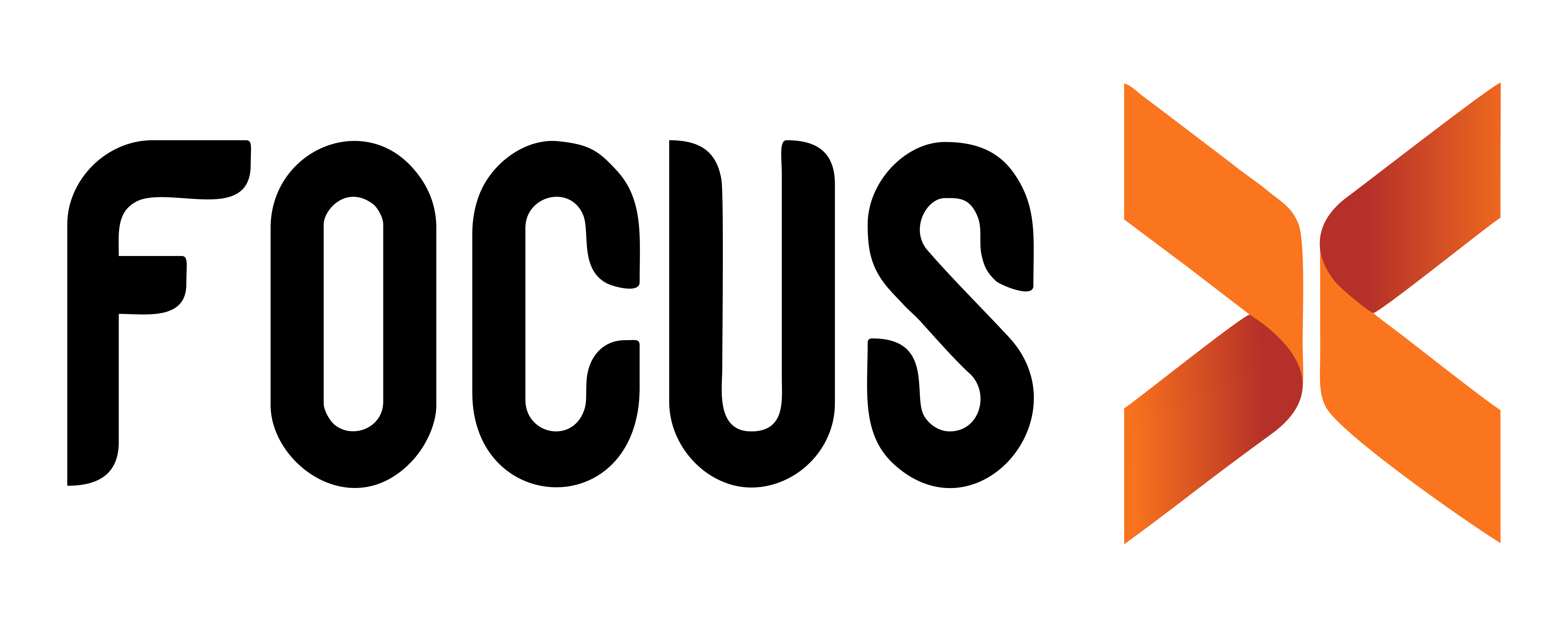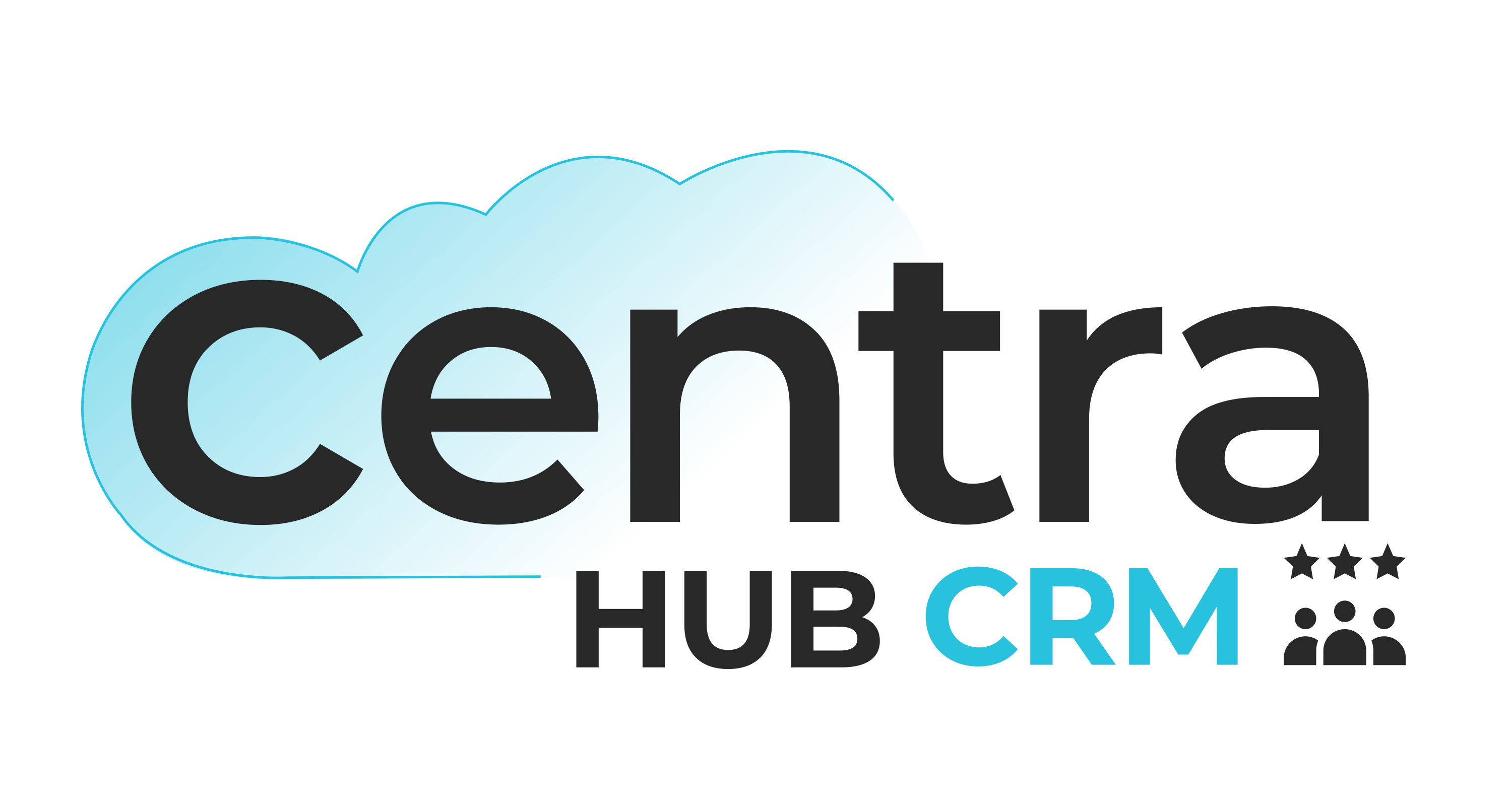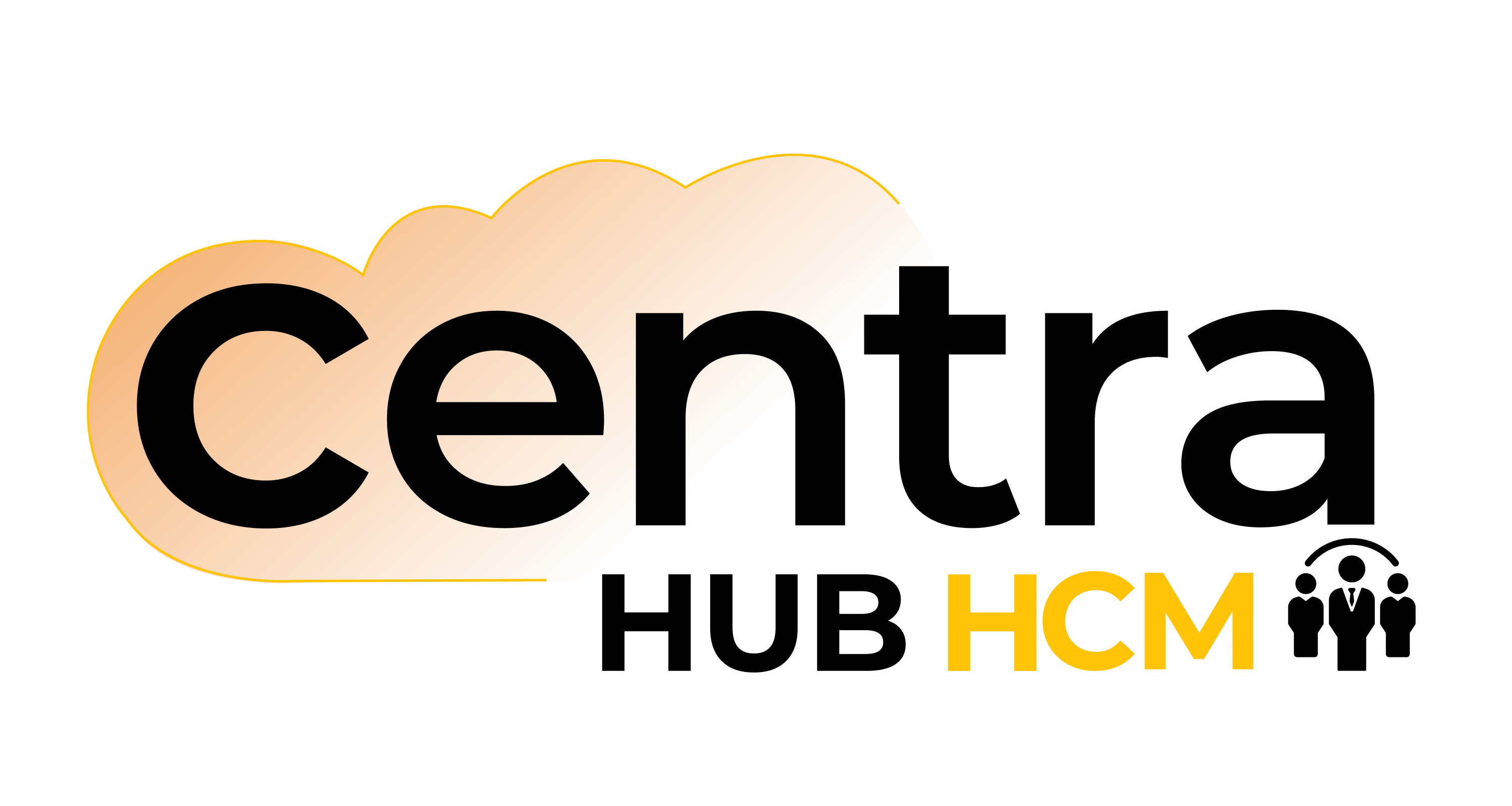Why Payroll Processing Needs Transformation
Managing payroll manually or with outdated tools can create significant challenges:
Time-Consuming Tasks: Calculating taxes, overtime, and deductions takes hours, diverting resources from strategic tasks.
Human Errors: Mistakes in payroll calculations can lead to employee dissatisfaction and legal penalties.
Compliance Issues: Tax regulations and labor laws vary by region, making it difficult to ensure full compliance.
High Costs: Inefficiencies in payroll processes can lead to financial losses, including fines and overpayments.
A cloud-based HRMS system addresses these pain points with robust automation and real-time updates, helping organizations optimize payroll management.
How Cloud HRMS Revolutionizes Payroll Management
Automates Payroll Calculations
A significant hurdle in payroll processing is the complexity of calculations. Salaries, taxes, overtime pay, deductions, and benefits are just a few components that need to be accurately calculated for every employee. With payroll automation software, this process is simplified. The system uses predefined formulas and dynamic inputs to ensure that calculations are accurate and consistent, even when there are changes such as bonuses, promotions, or new tax laws. For example, if an employee’s working hours fluctuate, the software adjusts their pay accordingly without manual intervention.
Streamlines Payroll Workflows
Payroll is not a standalone process—it intersects with attendance, leave management, benefits, and compliance. A cloud HRMS system integrates these elements into a single platform. This integration eliminates redundancies, such as inputting the same data into multiple systems. For instance, when an employee takes leave, the system automatically adjusts their pay and reflects it in the payroll calculation. By automating these workflows, businesses reduce delays and ensure seamless coordination across departments.
Enhances compliance
Adhering to labor and tax compliance standards is a priority for businesses but can be complicated due to frequent changes in policies. A cloud HRMS system simplifies compliance by automatically updating to reflect the latest legal requirements. It generates audit-ready reports and ensures that statutory deductions like taxes, provident funds, or insurance are calculated and filed correctly. This reduces the risk of penalties and boosts the confidence of businesses in their payroll processes.
Real-Time Data Access
In traditional payroll systems, accessing or updating data often involves multiple layers of approvals and processes. With a cloud-based HRMS, authorized personnel can access payroll data instantly from anywhere. This proves highly advantageous for teams operating remotely or in multiple office locations. Employees can view payslips, tax documents, or loan balances through a self-service portal, reducing dependency on HR teams. Similarly, managers can review payroll reports in real-time to make informed decisions.

Customizable Features
Every organization has unique payroll requirements, from industry-specific allowances to performance-based incentives. A modern HRMS system offers customizable features that cater to these needs. Businesses can define pay structures, add or modify allowances, and even create location-specific tax rules. For instance, a multinational company can configure the system to handle different currencies and tax laws for its global workforce. This flexibility ensures that the payroll system adapts to the business rather than the other way around.
Key Benefits of Using HRMS and Payroll Automation Software
Improved Efficiency
Efficiency is critical for payroll management, and cloud HRMS systems deliver by automating repetitive tasks. Salary calculations, deductions, and compliance checks are all handled without manual input, freeing up HR teams to focus on strategic activities. For example, instead of spending hours verifying tax calculations, the HR team can use the time to enhance employee engagement initiatives.
Enhanced Accuracy
Payroll inaccuracies can result in decreased employee satisfaction, compliance risks, and financial losses. With automation, the scope for human error is significantly reduced. The system ensures that every calculation, from gross pay to net pay, is precise. If there’s a discrepancy in attendance or time logs, the system flags it for review, ensuring payouts are always accurate.
Greater Employee Satisfaction
Employees value timely and accurate salaries. By ensuring error-free payroll and providing self-service portals, businesses can enhance employee trust and satisfaction. Through the portal, employees can access payslips, update bank details, or review tax deductions at their convenience, reducing the need for back-and-forth communication with HR teams.
Cost Savings
Manual payroll processes often lead to inefficiencies that result in unnecessary expenses. Whether it’s overpaying due to calculation errors or paying penalties for non-compliance, the costs add up. A cloud HRMS system minimizes these risks. Additionally, by automating repetitive tasks, businesses can reduce administrative overhead, leading to significant cost savings over time.
Scalability
As businesses grow, so do the complexities of payroll. A small company might only need basic payroll management, but as it expands to new regions or hires a more diverse workforce, the system must adapt. Cloud HRMS systems are designed to scale, handling increasing volumes of data and more intricate payroll scenarios with ease. For instance, if a company expands internationally, the system can incorporate multi-currency payroll and region-specific tax rules without needing major upgrades.
Embracing the Future of Payroll Management
The shift to modern payroll automation software is a step towards smarter, faster, and more reliable payroll management. As you prepare for the future, choosing the right HCM solution can be a game-changer for your organization, ensuring sustained growth and operational excellence.
Now is the time to transform your payroll processes—embrace cloud technology and unlock your business’s full potential.







